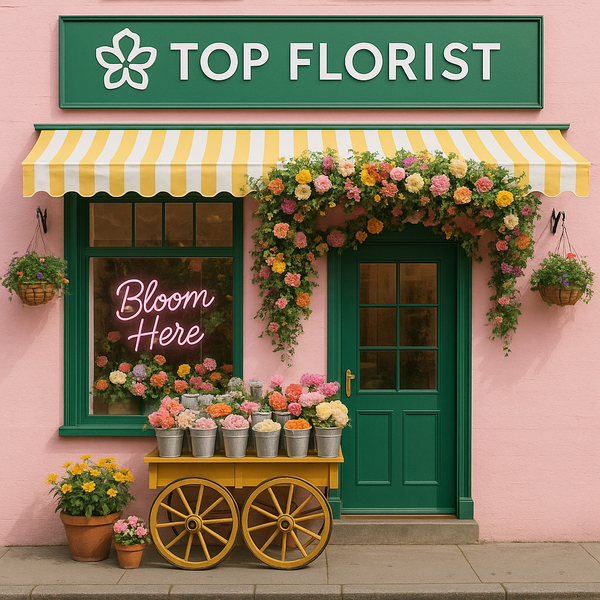
The Hidden Cost of Pretty: The Dark Side of the Floral Industry
Share
For most people, flowers symbolize beauty, care, and love. They mark our happiest days — birthdays, weddings, graduations — and soften our hardest ones. Yet behind every bouquet that arrives neatly wrapped in cellophane, there’s an untold story of control, exploitation, and quiet loss. It’s the side of the floral industry that rarely blooms into public view.
The Mirage of Convenience
Over the last decade, massive floral marketplaces and aggregators have reshaped the way people buy flowers. They promise “same-day delivery” and “nationwide coverage,” but what they don’t tell you is that the local florist who actually designs and delivers those arrangements often earns pennies on the dollar. These platforms intercept orders, mark them up for the customer, and then pay a fraction of that amount to the shop that fulfills it — sometimes less than the cost of the flowers themselves.
The result? Independent florists, many of whom have spent decades mastering their craft, are trapped in a cycle of shrinking margins and rising costs, while billion-dollar intermediaries profit from the illusion of convenience. What was once an art has been turned into an algorithm.
Behind the Bloom: Labor and Loss
The flowers themselves tell another story. Many imported blooms come from large industrial farms overseas where laborers are underpaid, safety standards are minimal, and pesticides are heavy. Roses travel thousands of miles before they ever reach a vase — refrigerated, wrapped, and stripped of their natural fragrance for the sake of efficiency.
Every stem carries an invisible carbon footprint. Every perfectly priced “deal of the day” comes at the expense of local growers who can’t compete with mass-produced volume. The system rewards scale, not soul.
When Love Becomes Logistics
Somewhere along the way, the language of flowers — once poetic and personal — became data-driven. Corporations learned how to package emotions: love, sympathy, celebration — all cataloged, keyworded, and sold by call centers. Customers think they’re supporting a neighborhood florist, but in reality, the order is often routed through a network of resellers, commissions, and hidden fees.
It’s not uncommon for the recipient to receive something that barely resembles what was pictured online. Meanwhile, the local florist takes the blame for a design they never created and a price they never set.
Reclaiming the Roots
But here’s the hopeful part: the renaissance has already begun. A new generation of florists and customers are rejecting the intermediaries and choosing transparency over trickery. They want real flowers, from real shops, run by real people. They’re rediscovering what the floral industry was always meant to be — connection, not commerce.
Every time you buy directly from a local florist, you’re funding artistry instead of automation. You’re choosing hands that arrange with care instead of scripts that upsell with call quotas. You’re helping preserve community, craft, and authenticity in a market that’s forgotten what those words mean.
The industry may be rooted in old habits, but growth always starts with disruption. It’s time to cut out the middlemen and let flowers — and florists — truly flourish again.
Support your local florist. Buy direct. Choose authenticity over algorithms.
